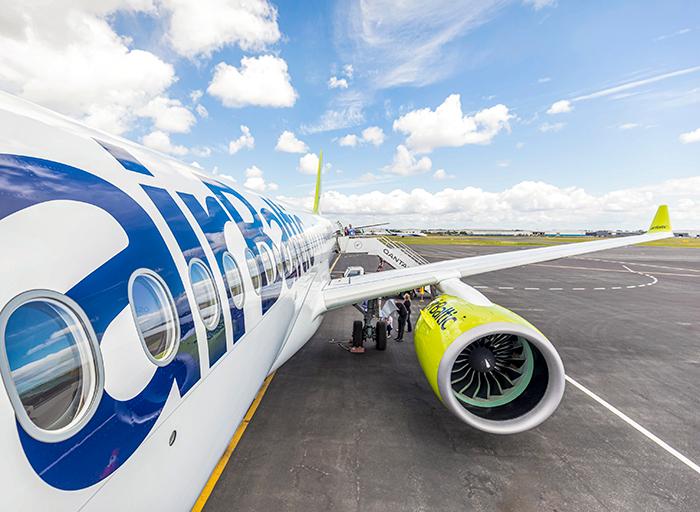AirBaltic Sees Imminent Return To Normal A220 Engine Maintenance

Credit: Matt Williams/Airbus
AirBaltic’s problems with maintenance delays on the Pratt & Whitney engines that power its fleet of Airbus A220s are easing, and the situation is expected to return to normal by November. The Latvian airline, which has an all-A220 fleet, has been hard hit by problems and delays related to...
Subscription Required
This content requires a subscription to one of the Aviation Week Intelligence Network (AWIN) bundles.
Schedule a demo today to find out how you can access this content and similar content related to your area of the global aviation industry.
Already an AWIN subscriber? Login
Did you know? Aviation Week has won top honors multiple times in the Jesse H. Neal National Business Journalism Awards, the business-to-business media equivalent of the Pulitzer Prizes.





